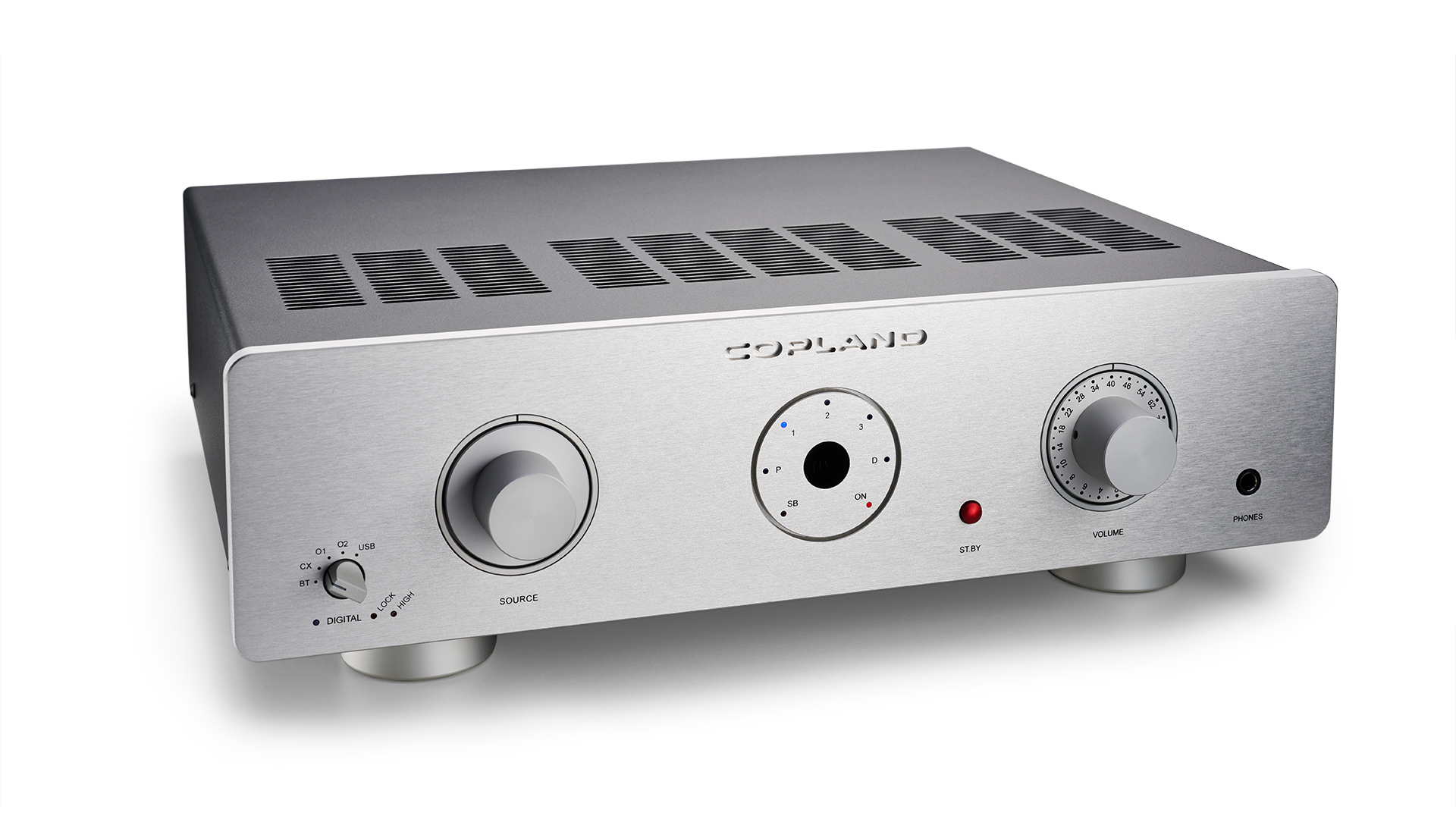What Hi-Fi? Verdict
The Copland CSA70 is a fine performer but ultimately up against some tough competition
Pros
- +
Precise and clear presentation
- +
Well-judged features
- +
Simple yet classy design
Cons
- -
Could do with more verve
- -
No DSD support
- -
Optional Bluetooth module costs extra
Why you can trust What Hi-Fi?
Copland isn’t a particularly prolific manufacturer, so it's always nice to get a new product from the Danish brand through our doors. Take a look at its website and you’ll find that it lists just five products: four integrated amplifiers and a stand-alone DAC. The CSA70 is the current entry point into the range and in many ways a fine example of what the company does.
Build
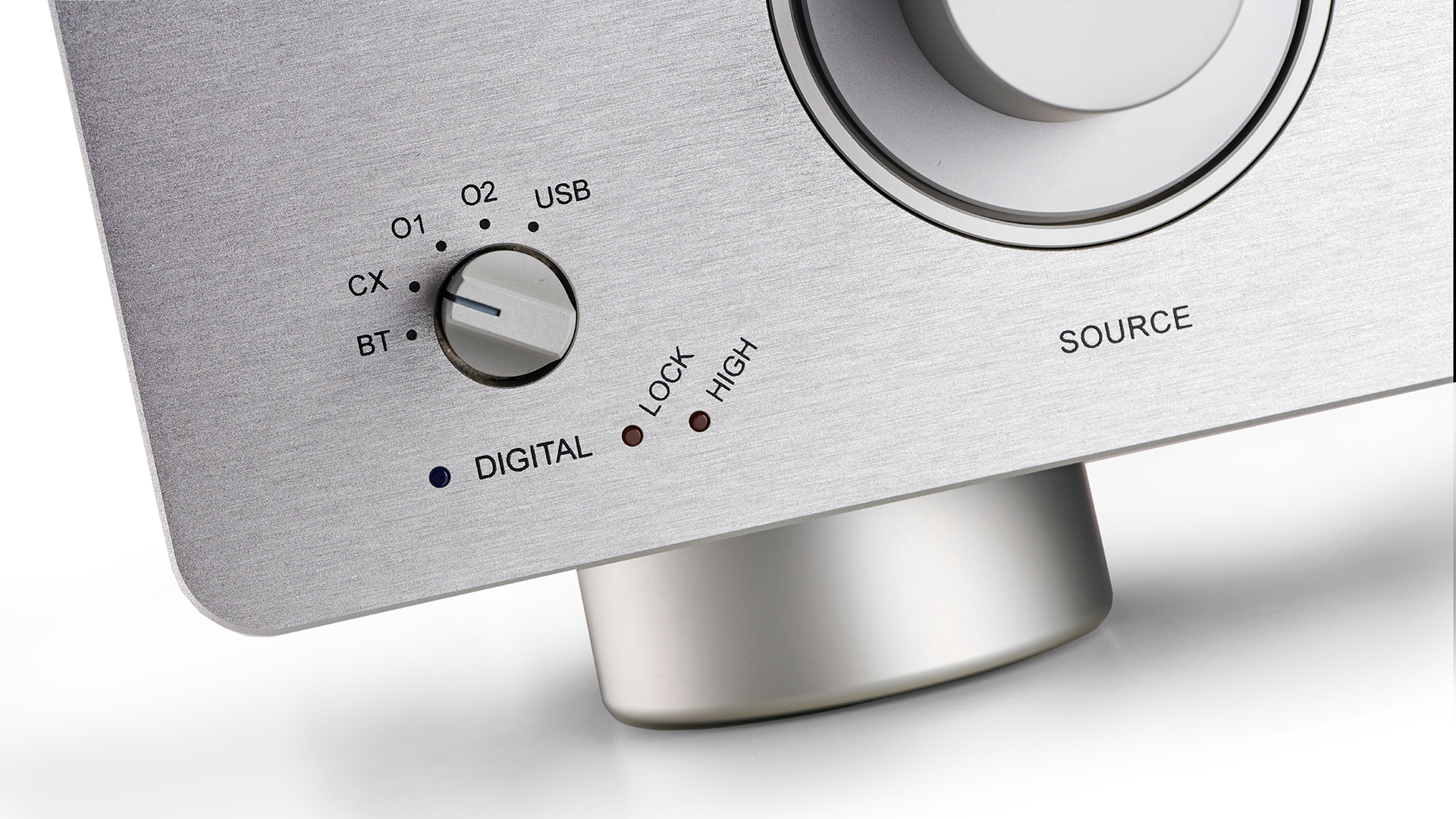
Copland’s amplifiers have always been for those who admire understatement. We’ve never come across anything remotely gimmicky and that’s still the case here. What could be easier to use than two control dials (one for source selection and the other for volume)? A simple display marks the input chosen with a lit LED.
Even the supplied remote is basic, with just the essential controls for the amplifier and a CD player, though considering Copland doesn’t seem to make a disc spinner anymore the inclusion seems moot. While the handset is small, it's still relatively pleasant to use.
It becomes clear that the CSA70 isn’t quite as stripped back as it seems when you notice the small additional rotary switch on the left of the source selector. This unassuming control switches between the Copland’s digital inputs – USB, co-ax, a pair of opticals and the option of Bluetooth aptX HD. The Bluetooth is a cost option at £300 (around $390/AU$500) and needs to be specified at the time of purchase. As is usually the case, you’ll need to download driver software if you are a Windows computer user and want to connect to the Copland’s USB input.
The CSA70’s simple appearance belies a pretty comprehensive features list. Alongside the digital module (capable of accepting 24-bit/192kHz PCM files but no DSD), you’ll find a moving magnet phono stage, three stereo RCA line-level inputs and a 6.3mm headphone output. Absolute file compatibility apart, this is a well-equipped amplifier that should be able to cope with complex stereo set-ups.
We reviewed the step-up integrated amplifier in Copland’s range, the CSA100 (£3988/$4900/AU$6600), just over a year ago, and in most ways the CSA70 seems just like a cheaper, slightly lower powered version of that. But there are a couple of major differences beyond the loss of 30 watts per channel output. The first is that the CSA70 is a fully solid state Class A/B amplifier whereas the pricier product is a hybrid design using a valve in the line stages. For those who aren’t familiar with the brand, Copland has a long history of making excellent valve-based products.
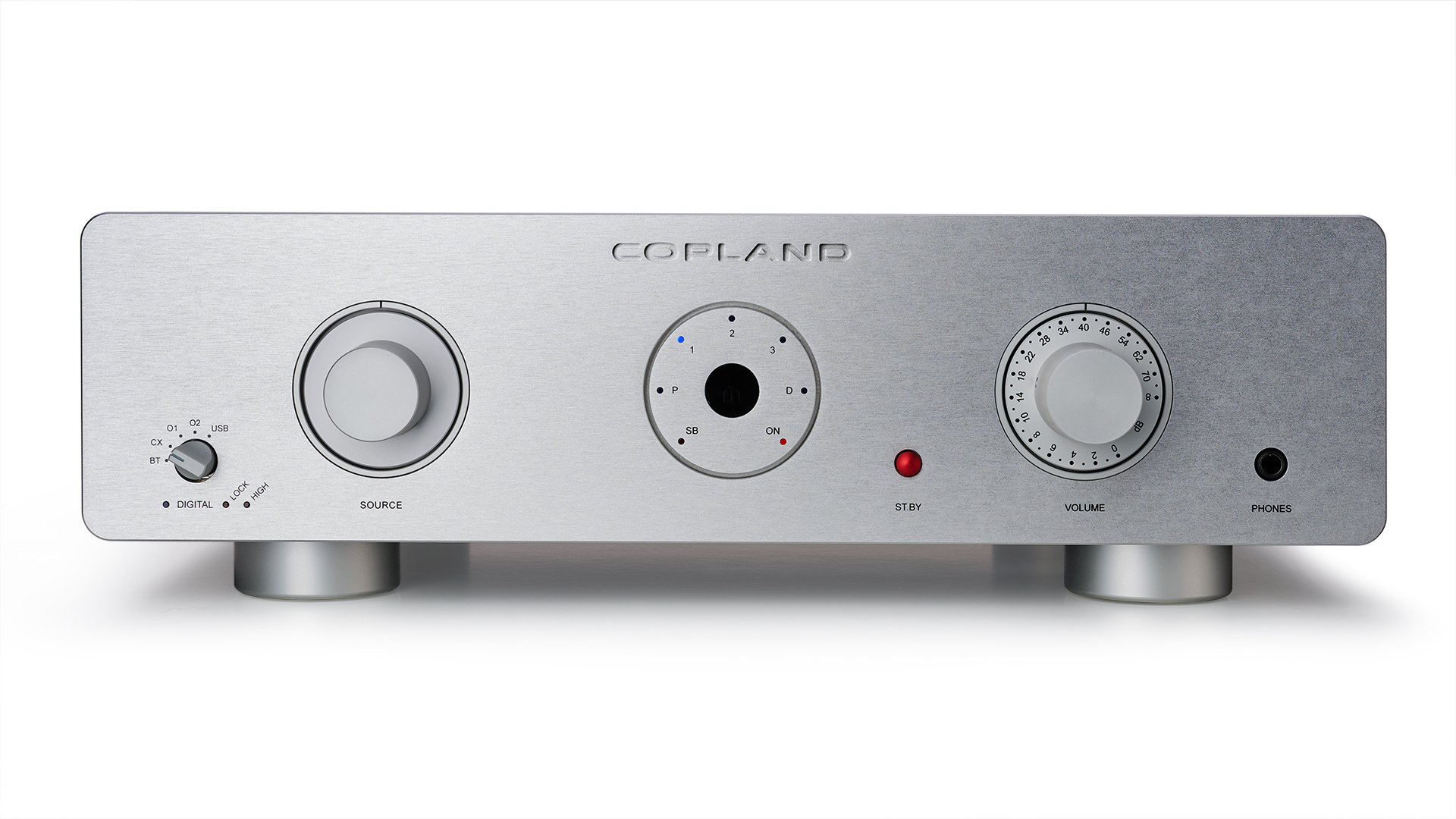
Power output 2 x 70 watts
Inputs 3x RCA, MM, 2x optical, USB, coaxial, aptX HD Bluetooth (optional)
Outputs Preamp, 6.3mm headphones
Tone controls No
Remote Yes
Dimensions (hwd) 135 x 435 x 370mm
We’re a little surprised that the digital module has also been changed. Normally smaller manufacturers try to rationalise things by using the same circuit in multiple products, but that’s not the case here. The CSA70 has a Wolfson WM8740 DAC chip rather than the ESS Sabre used in its pricier sibling, which explains why DSD compatibility has been lost. The asynchronous USB circuitry hasn’t been changed, though, and remains carefully implemented. We’re less concerned about the removal of the CSA100’s balanced XLR input – few of the class leaders at the CSA70’s level carry such connections anyway.
General build quality is as good as we’ve come to expect from Copland. There’s plenty of evidence of good quality parts, the casework is put together with care, and fit and finish are as good as we’d expect for the price. Using those traditional Copland rotary controls is a treat, too; they rotate with smoothness and precision.
The CSA70 is as fuss-free as premium amplifiers get when it comes to getting things going. You’ll need an appropriately talented source, of course. We use our usual reference Naim ND555/555 PS DR music streamer combination alongside a more price-compatible Chord 2go/Hugo 2 pairing. A Technics SL-1000R turntable fitted with a Vertere Sabre moving magnet cartridge is on hand to test the Copland’s phono stage, while we swap between our reference ATC SCM50, ProAc Response D2R, B&W 805 D4 and KEF LS50 Meta as far as speakers are concerned.
Sound
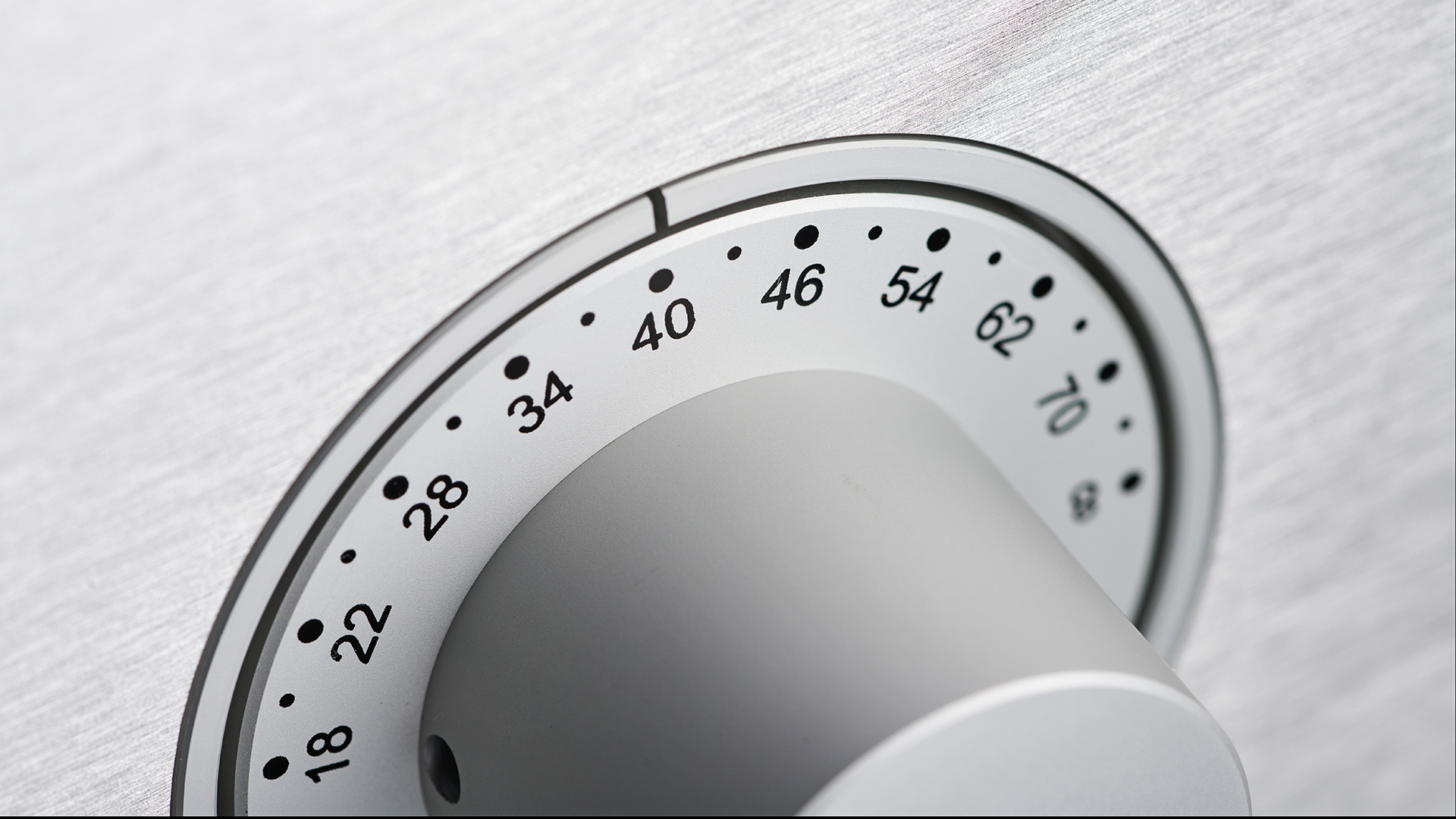
Our sample of the CSA70 isn’t brand new but still takes a couple of days of running before settling. There’s an element of brightness and edge in the initial sound that surprises us, but these things fade to acceptable levels over time.
We’re left with an amplifier that sounds impressively clean and precise; one that errs slightly to the cooler side of neutral but never enough to cause issues. Listening to Arvo Pärt’s Tabula Rasa, we’re aware of the pleasing sense of space in the presentation and the amplifier’s ability to layer the soundstage in a focussed and stable manner. It’s an expansive image with a fine sense of depth where the recording dictates.
Detail levels are good, and as with other Copland products we’ve heard, there is a definite feeling of a product that’s a little self-effacing. The CSA70 clearly prefers to let the recording take centre stage rather than deliberately add flavour to make things more exciting. It has a good sense of scale and can deliver the slowly building intensity of the Arvo Pärt piece well.
We switch to alt-J’s new The Dream set and the Copland sounds comfortable, rendering the album’s intricate production with confidence. It reveals a good amount of information and presents it in an organised and insightful manner. Compare this Copland to class leaders such as the Electrocompaniet ECI 80D or cheaper (but DAC-less) Naim Nait XS and there’s a touch less charm. Both of these rivals render the sound with more dynamic expression and rhythmic drive. That said, the CSA70 remains an entertaining listen.
The story is equally positive whether we listen to the Copland’s phono stage or its digital inputs. The phono input is respectably quiet and has no issue when it comes to gain with the Vertere cartridge. We’re pleased with the punch on offer and also the level of insight delivered. If you’re really serious about vinyl, it’s worth buying an outboard unit such as the Moon 110LP v2 or better, but for most people we suspect the CSA70’s phono stage will be just fine. The digital module is also a good effort, being broadly on a par with some of the better sub-£400 ($500/AU$700) units we’ve heard. We also don’t notice as big a drop-off between the USB and other digital inputs as we did in the CSA100, but that could possibly be because the pricier amplifier is more transparent and capable overall (as it should be).
Verdict
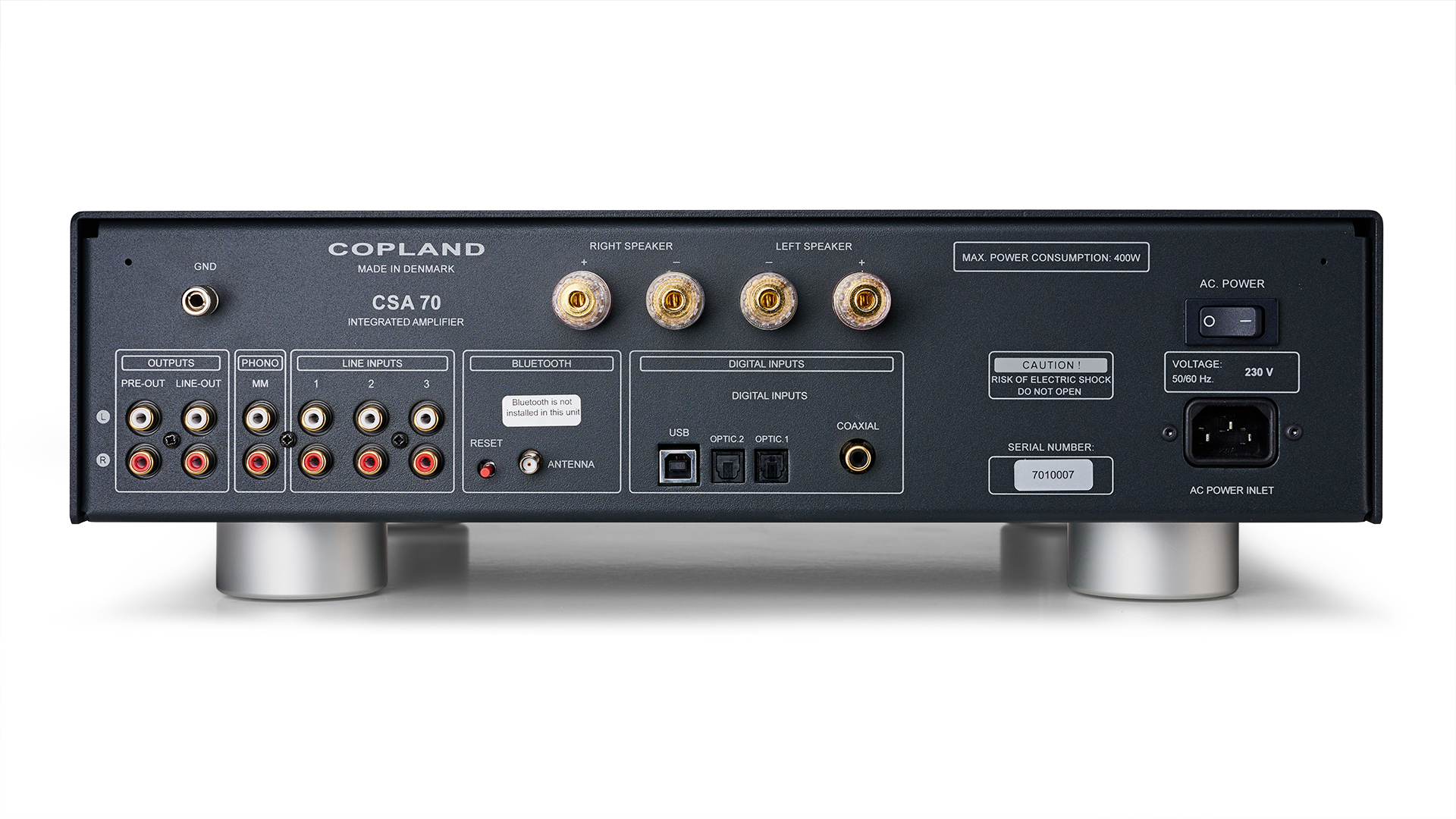
The CSA70 is a fine amplifier. It looks classy and is a pleasure to use. While we wish it delivered sound with a bit more verve and drive, there’s still enough ability for it to earn a recommendation. Add the solid build and well-judged specification into the equation and it definitely deserves a place on the shortlist.
SCORES
- Sound 4
- Build 5
- Features 5
MORE:
Read our review of the Electrocompaniet ECI-80D
Also consider the Rega Aethos
Read our Naim Nait ND5 XS review
Best stereo amplifiers 2022: the best integrated amps you can buy
What Hi-Fi?, founded in 1976, is the world's leading independent guide to buying and owning hi-fi and home entertainment products. Our comprehensive tests help you buy the very best for your money, with our advice sections giving you step-by-step information on how to get even more from your music and movies. Everything is tested by our dedicated team of in-house reviewers in our custom-built test rooms in London, Reading and Bath. Our coveted five-star rating and Awards are recognised all over the world as the ultimate seal of approval, so you can buy with absolute confidence.
-
Johan Bottema This is competing with the very perfect NAD C298 power amp with Eigentakt technology. The winning solution is simple .. add a DACMagic 200M and you have a better system for 66% of the cost.Reply
